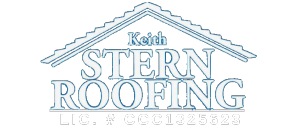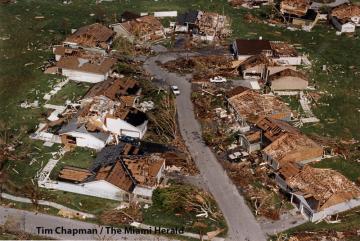
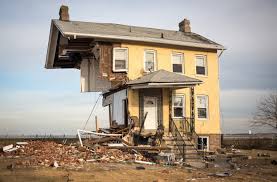
2017 was a hurricane season that was considered to be
unprecedented by many who observe storms. However, it may become the “new
normal” given systems like Irma, Harvey and Maria that demonstrated such
strength, speed, and rain which proved to be costly and devastating.
Impact on building codes, material costs, and preventative
measures will no doubt increase the roofing industry’s standards and
regulations for years to come. Just like in the aftermath of hurricane Andrew -
Florida, Texas and Puerto Rico will most likely experience changes to the
building codes that pertain to roofing. In addition, prices are already
skyrocketing for shingles and related materials.
An upside to this storm gloom is that research, technology
and manufacturing processes are producing new and stronger building materials
that can withstand severe weather systems like never before. In Florida, these major storms necessitate
the need for roofing systems to absorb the brunt of wind speeds that are
reaching the limits of testing capabilities.
“The storms are getting stronger,” said Mike Silver,
technical director for the Florida Roofing and Sheet Metal Contractors
Association (FRSA). “What we’re going to see is a consistent desire to increase
the ability of the building and roof to withstand these storms that are
coming.”
Guidelines for building in the US have been under the
International Building Code for nearly
20 years now, but states like Florida have decided to
strengthen certain aspects, like wind uplift resistance. The Florida Building
Code Sixth Edition became effective January 1, 2018, and was designed to
enhance the hurricane resistance in areas most likely to be affected by severe
weather. Miami-Dade County Code has some of the strictest wind uplift
requirements in the country, currently 185-MPH for High Velocity Hurricane Zones.
However, as evidenced by hurricane Andrew, having a strong code and enforcing
it are two different matters.
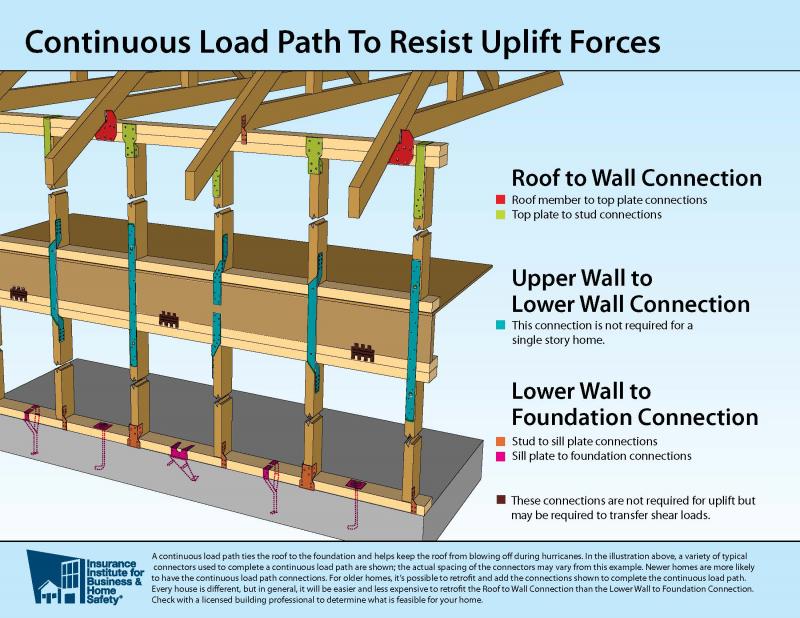
What does all of this new technology and information have to
do with you? It has everything to do with who you choose to install your new
roof and how they do that installation.
Keith Stern Roofing never cuts corners with regards to materials or
proper installation. We use top quality materials from the giants in the roofing
industry. We repair damaged or rotten wood when found, and properly flash
around corners, chimneys and problem areas.
Homeowners in the Southeastern region of the US are now
looking for more resilient roofs. Value and durability is the theme of many as
they contemplate putting on a new roof. Since the Great Recession of 2008
homeowners are budget-conscience when it comes to major home renovations and
improvements (including roofing) – but are also searching for products that
will stand up to severe storm damage.
Shingle manufacturers such as Owens Corning are not only
producing shingles that are stronger and have a higher wind-resistant factor,
but are also selling an entire “Roofing System” concept that will extend the
overall strength and life expectancy of the roof. Proper installation is key to
delivering optimal performance with regards to your roof and its long-term
sustainability.
Keith Stern Roofing is an Owens Corning Preferred Contractor
and adheres to strict installation techniques to ensure the optimal roof life
from shingles such as the Owens Corning Tru-Definition Duration Architectural
series. Homeowners are told about the SureNail Technology grip that helps
deliver 130-MPH warranty performance as well as the SureNail woven fabric strip
on the face of the shingle which informs the installer precisely where the nail
should go during the installation process.
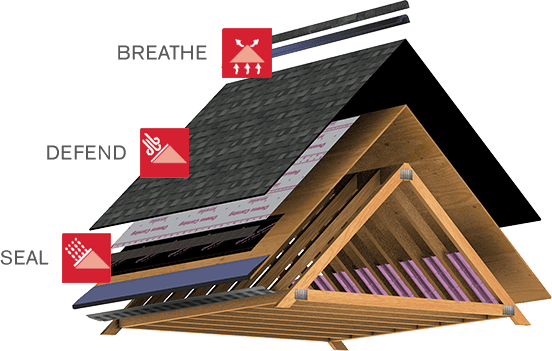
While shingles are the most visible component of a roof,
they serve only as the first layer of defense in a storm. Underlayment is a
critical protective element for repelling water and synthetic underlayment
provides many benefits over traditional felt systems. Synthetic product
advantages include a more efficient installation, a toughness, and more
coverage per roll.
We generally use either a heavy 30 lb. felt underlayment or
a D-226 synthetic underlayment (Miami-Dade County approved product) on all of
our roofing projects.
Now that you have an overview of roofing industry standards
in our area, make sure you take the time to investigate your Roofing Contractor
and their longevity in their industry. A roof is an expensive investment, but
more importantly – a costly mistake if you choose the wrong installer.
Here is a link to Owens Corning website regarding roof
basics:
